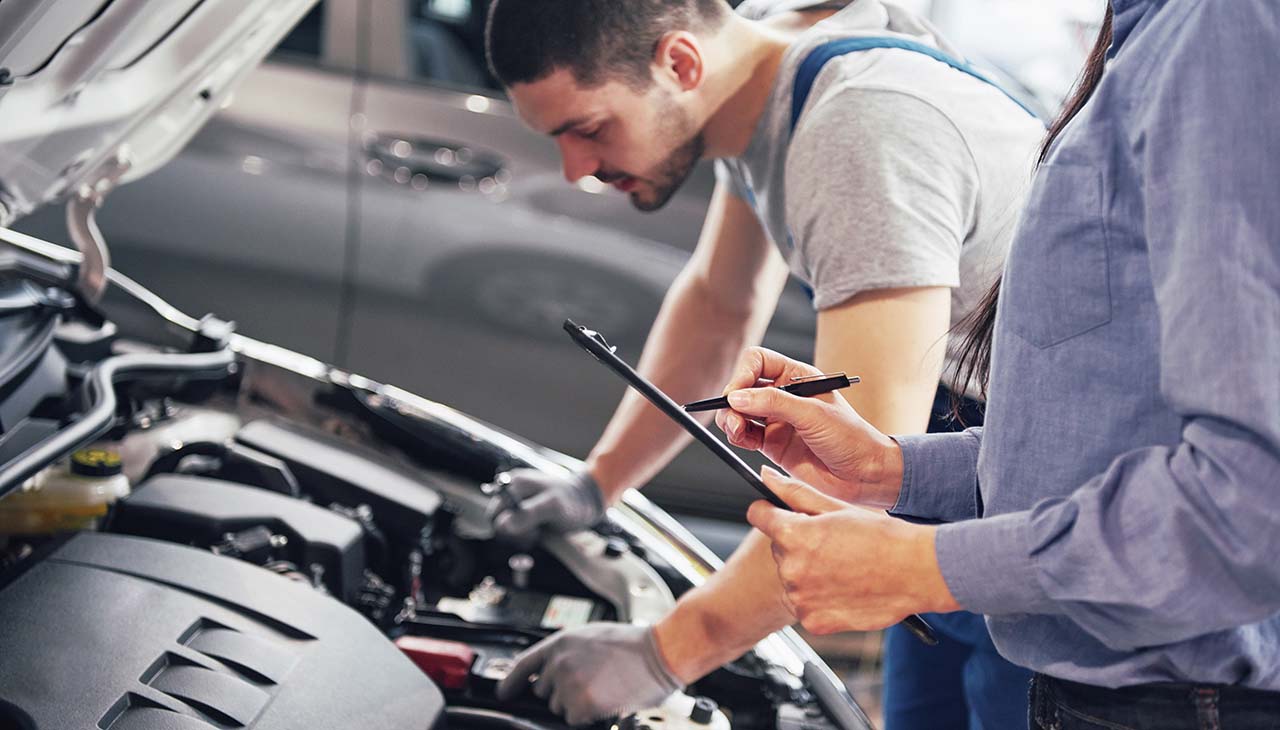Maintaining the longevity of your vehicle is not just about keeping it on the road longer; it’s a testament to responsible ownership and an investment in saving money over time. Through proper care and regular maintenance, extending the life of your vehicle is achievable and can significantly reduce the necessity for costly repairs or premature replacement. This guide will explore the essential practices and proactive steps you can take to ensure your vehicle remains reliable, efficient, and valuable for as long as possible. Whether you’re a seasoned car enthusiast or a new driver, these tips will help you protect your investment and enjoy a smoother ride for years to come.
Regular Maintenance
Schedule Oil Changes
Regular oil changes are crucial for the health of your vehicle’s engine. Oil lubricates the engine’s moving parts, reduces friction, prevents overheating, and helps to ensure that all components work efficiently together. Most manufacturers recommend changing the oil every 3,000 to 5,000 miles, but you should consult your vehicle’s manual for specific guidelines.
Check and Replace Filters
Just like the lungs in your body, your vehicle needs clean filters to function properly. The air filter prevents contaminants from entering the engine, while the cabin filter ensures a cleaner air supply inside your vehicle. Regularly checking and replacing these filters can improve your car’s performance and fuel efficiency.
Inspect and Maintain Tires
Your tires are the only point of contact your vehicle has with the road, making their maintenance essential for safety and performance. Regular inspections should include checking for proper inflation, signs of wear, and aligning and rotating tires according to the manufacturer’s recommendations. Properly maintained tires can improve your vehicle’s handling, fuel efficiency, and reduce the risk of blowouts.
Keep Up With Fluid Levels
Fluids are the lifeblood of your vehicle; they include brake fluid, transmission fluid, coolant, and power steering fluid. Regularly checking these fluid levels and replenishing them when necessary is vital for your vehicle’s performance and can prevent costly repairs down the line. Each fluid has its own check and replacement schedule, which can be found in your vehicle’s owner’s manual.
Driving Habits
Improving your driving habits can significantly extend the lifespan of your vehicle. Aggressive driving, including rapid acceleration and hard braking, can lead to increased wear and tear on various components of your car, such as the brakes, engine, and tires. Smooth acceleration and deceleration not only contribute to a more pleasant driving experience but also reduce the strain on your vehicle’s mechanisms. Adhering to speed limits is not only a matter of legality and safety; it also helps in maintaining your vehicle’s efficiency by optimizing fuel consumption and minimizing the risk of accidents. Additionally, reducing idling time can save fuel and limit engine wear. By making these simple adjustments to your driving behavior, you can enhance your car’s longevity and performance, while contributing to safer roads.
Protecting the Exterior
Maintaining the appearance of your vehicle goes beyond aesthetics; it plays a critical role in preserving its value and longevity. Regular washing and waxing can protect your car’s paint from the damaging effects of dirt, road salt, and sun exposure. To further safeguard your vehicle’s finish, parking in shaded areas can minimize paint fading and interior damage caused by UV rays. Additionally, the use of a car cover, especially if parking outdoors for extended periods, can shield your car from environmental factors such as tree sap, bird droppings, and dust. Addressing scratches and dents promptly is also vital. Small blemishes can quickly escalate into rust and other issues if left untreated. By taking these proactive measures, you can help maintain your vehicle’s structural integrity and aesthetic appeal, ensuring it continues to look and perform its best over time.
Interior Care
Taking care of your vehicle’s interior is just as important as maintaining its mechanical parts. A clean interior not only provides a pleasant and hygienic environment for you and your passengers but can also help in preserving the vehicle’s value. Regular cleaning and vacuuming help avoid the buildup of dirt and debris, which can wear down upholstery and interior surfaces over time. Using seat covers and floor mats is a practical way to protect the original seating and flooring from stains, spills, and wear, ensuring they remain in good condition.
Additionally, keeping onboard electronics updated can enhance your driving experience and ensure that navigation, entertainment, and vehicle system updates are functioning optimally. Finally, addressing any interior damage, such as tears in the upholstery, cracked dashboards, or broken knobs and switches, promptly can prevent further deterioration and maintain the aesthetic and functionality of your vehicle’s interior. By following these simple steps, you can help retain the comfort, utility, and value of your vehicle’s interior for years to come.


